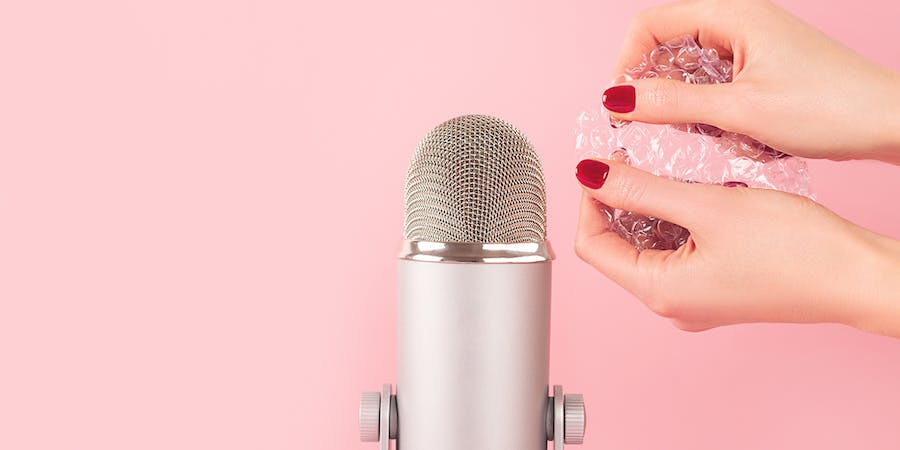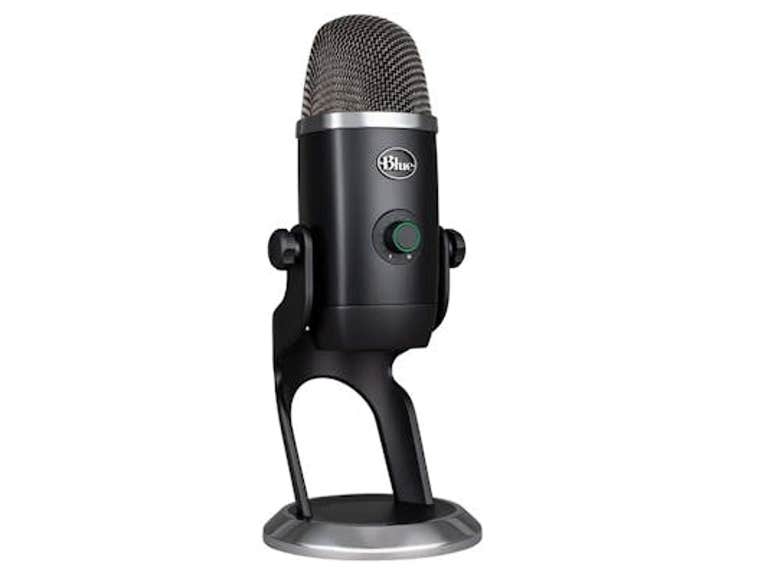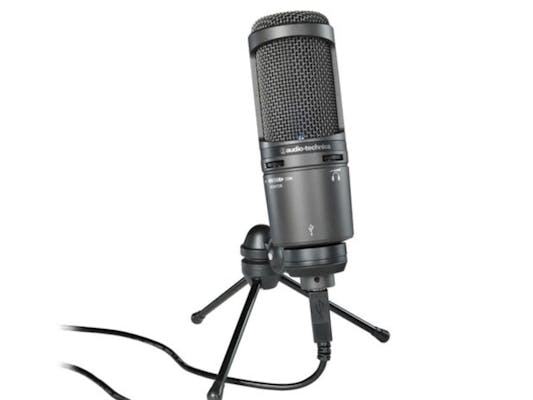
The Daily Dot may receive a payment in connection with purchases of products or services featured in this article. Read our Ethics Policy to learn more.
ASMR has become all the rage in the past few years, with it easier than ever to create and share these types of videos with others online. But if you want to jump into the creation game yourself, how do you start looking for the best ASMR microphone?
What is ASMR?
Backing up, if you aren’t familiar with ASMR (autonomous sensory meridian response), it’s a phenomenon that occurs when people experience a tingling sensation in their head or spine in response to certain triggers, such as certain sounds or visual stimuli. It is often described as a feeling of relaxation or calm, and can even be used as a sleep aid.
Whispering, scratching, typing, and other ambient sounds are often used to create these recordings, depending on an individual’s preference or what they think will produce the desired impact on their audience.
How to choose the best ASMR microphone
Because so many of the sounds that are used for ASMR are delicate and listeners need to be able to hear them properly, making sure you have a microphone cut out for the task is an imperative part of the process.
Two things you will want to consider regardless of budget are whether you want to buy a USB microphone or a more standard XLR microphone, and the microphone’s polar pattern.
USB microphones are generally more affordable, and the quality has come a long way in recent years. These are best for beginners or people who don’t want to have a full audio setup. XLR microphones, on the other hand, generally provide higher quality and a greater degree of control, although they will also require specific cables and an audio interface of some sort to connect to your computer.
In terms of polar patterns, a microphone with cardioid capabilities is likely best if you want a wide variety of microphone options and are planning on focusing on a single sound, as it picks up what is directly in front of it and reduces background noise. Omnidirectional mics pick up sound from all directions if you want a more full ambiance in your recording, and binaural mics, which have gained popularity among ASMR enthusiasts as of late, focus on picking up stereo sound the way your ears hear things in the real world.
Ultimately, your budget, your experience level, and what you plan to record will dictate the best ASMR microphone for your specific needs, but now that you know a little more about what to pay attention to in your search, let’s jump into some options.
1) Blue Yeti

The Blue Yeti is one of the best options when it comes to USB microphones, providing quality sound at a reasonable price while still maintaining an ease of use that makes it perfect for beginners or anyone who isn’t ready to learn all the ins and outs of audio equipment just yet.
It has the capability to switch between polar patterns, allowing the user to test out different recording options, and even comes with Blue VO!CE audio editing software included.
Price: $99.99 (normally $129.99)
2) Audio-Technica AT2020USB+

This cardioid condenser microphone also comes with a USB connection and is designed to minimize background noise. It’s a great starter mic for anyone looking to test the waters of ASMR, and also comes in an XLR version for those who already have an audio interface ready to go. Both mics are known for producing high-quality audio for the price range, perfect for ASMR enthusiasts.
Price: $99.00 (normally $149.00)
3) Shure SM7B

If you’re ready to dive into the world of XLR microphones, Shure’s SM7B is a proven mid-budget entity, known for its longevity and low sensitivity—meaning its great at picking up mid-range sounds but isn’t necessarily the best for high and low frequencies.
Still, Shure is a reputable brand in the game, and this dynamic cardioid mic is easy to use and does an excellent job of picking up voices. It also comes in a USB version at a cheaper price.
Price: $399.00
4) Stellar X2

The TZ Stellar X2 cardioid condenser microphone packs a good amount of bang for the buck. It does require an XLR cable and an audio interface, making it better suited for those already well-versed in the world of audio or prepared to learn. The mic’s responsiveness, build quality, and ability to capture a good range make it a great option for those looking to start branching out into XLR.
Price: $199.99
5) 3Dio FS

For those itching to jump on the ASMR bandwagon and try out the presently popular genre of binaural microphones, the 3Dio FS is a great option, albeit one that will set you back at least several hundred dollars.
This mic is supposed to better emulate how our ears actually hear audio, creating a unique listening experience after the fact. Many ASMR creators swear by binaural mics, and while they aren’t necessarily for beginners, a true ASMR enthusiast will appreciate the specific sound.
Price: starting at $399.00




